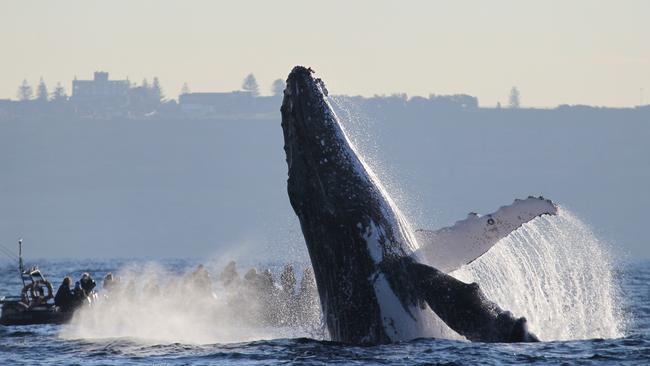
They’re frequently described incorrectly as fish. And now, they are suffering fully blown identity crises over who loves and protects them.
Whale guardians have shape shifted in recent times. Those who used to mock the whale huggers are now embracing their mammalian cohorts, barnacles and all, while those who once battled the Japanese and the Norwegians on the high seas to stop whale hunting have fallen a bit out of love with their cetaceous sweethearts.
“They are washing up ashore,” Donald Trump said. “You wouldn’t see that once a year – now they are coming up on a weekly basis. The windmills are driving them crazy. They are driving the whales, I think, a little batty.”
Translating into English, the former President thinks wind turbines are killing marine mammals.
He’s not the only one. Opposition leader, Peter Dutton has also gone on a spate of whale hugging in not one but two visits to Port Stephens, 50 kilometres north of Newcastle where an offshore wind farm has been proposed.
“When you look at the, you know, the whales, the mother and the calf we saw out there. The dolphins, all of that is at risk,” Dutton said. “Because there’s no environmental consideration of what these huge wind turbines, 260 to 280 metres out of the water will mean for the wildlife and the environment.”
Meanwhile Greenpeace who have swum flipper in hand with whales for decades are now less endeared to their aquatic paramours.
Arlo Hemphill, Greenpeace USA’s project lead on deep sea mining told US media, “There has been a lot of talk about wind turbines and whale deaths, but there is no evidence whatsoever connecting the two. Meanwhile, the oceans face more threats now than at any time in history.”
Greenpeace oceans director John Hocevar told USA Today, “It’s just a cynical disinformation campaign.”
It’s enough for whales to commit suicide en masse where a day at the beach is not quite as much fun as it is for humans.
We might remember that land-based wind farms were said to inflict pain on anyone who lived or worked close by. Intriguingly, the sufferers of this enigmatic malady were never the ones who had the enormous fans on their own land. It was only those who weren’t getting any coin from the exercise who claimed to be tormented by “sub-audio” or “infrasound” noise.
“Oh no, the sounds I can’t hear are driving me crazy.”
Ironically, we don’t hear so much of this today and probably for the right reasons. A smorgasbord of scientific studies have provided no link between infrasound and physiological harm. The furore has subsided to the sub-audio.
Earlier this year, the Liberal Party released a video claiming that Energy Minister Chris Bowen is clubbing koalas to death – the term blunt force trauma is used – by proxy. The proxy being the gigantic upright land based fans. Do koalas clamber up said fans only to be cruelly eviscerated?
But back to whales. What Donald Trump said about the number of beached or dead whales washed on the Atlantic ashore is more or less true. Humpbacks and critically endangered Northern Right Whales have been turning up either barely alive or dead on beaches so much so that the US federal agency National Oceanic and Atmospheric Administration declared an “unusual mortality event” in June 2016 which continues to this day.
It must be noted that there were no wind farms on the Atlantic coast of the United States in 2016. The Block Island Wind Farm off the coast of Rhode Island was the first offshore wind farm in the US. Construction began in 2015 but was not completed until December 2016.
There have been 191 humpback whale beachings since then; all but 10 of them died.
More than 30 dead whales have washed ashore on the Atlantic coast of the US this year, many of them in New Jersey and New York.
Of all the carcasses found since 2016, only 91 of the whales were able to be examined, and the cause of death for 44 of those came up as “undetermined.” Of the remainder, vessel or ship strike amounts to the major cause of death, followed by entanglement with fishing nets.
In Australia, protesters have gathered in Port Stephens, Wollongong and Portland in Victoria’s southwest with angry activists gathering in number. Some rail against the physical appearance of wind farms, perhaps not understanding that they will be more than ten kilometres offshore and thus largely out of sight, while others fret for their whale buddies.
It’s NYMBISM on a grand scale. This is not just Not In My Backyard but a backyard that includes postage stamp-sized seascapes visible from living rooms, providing a sense of ownership of the greater Pacific Ocean.
The fact that there is no evidence linking wind farms to whale mortality doesn’t necessarily mean there may not be evidence produced at some point in the future. At the same time, one has to wonder how anyone could think whales with brains the size of Volkswagens might not possess the cognitive capacity to artfully swerve around the wind turbines and the cables used to dock them to the ocean floor.
If this wasn’t the case, surely whales would be committing harekare around oil rigs.
With the usual failure of communications coming from the Albanese government, no one quite understands (and some pretend not to understand) that the offshore wind farms are merely proposed. The next step in the process is the issue of a government feasibility licence. It is only then that an assessment of environmental impact can take place.
Ultimately, a project can only proceed if it is approved under the Environment Protection and Biodiversity Conservation Act.
Call me cynical but by then I expect an even bigger group of new whale huggers will have found their inner cetacea.


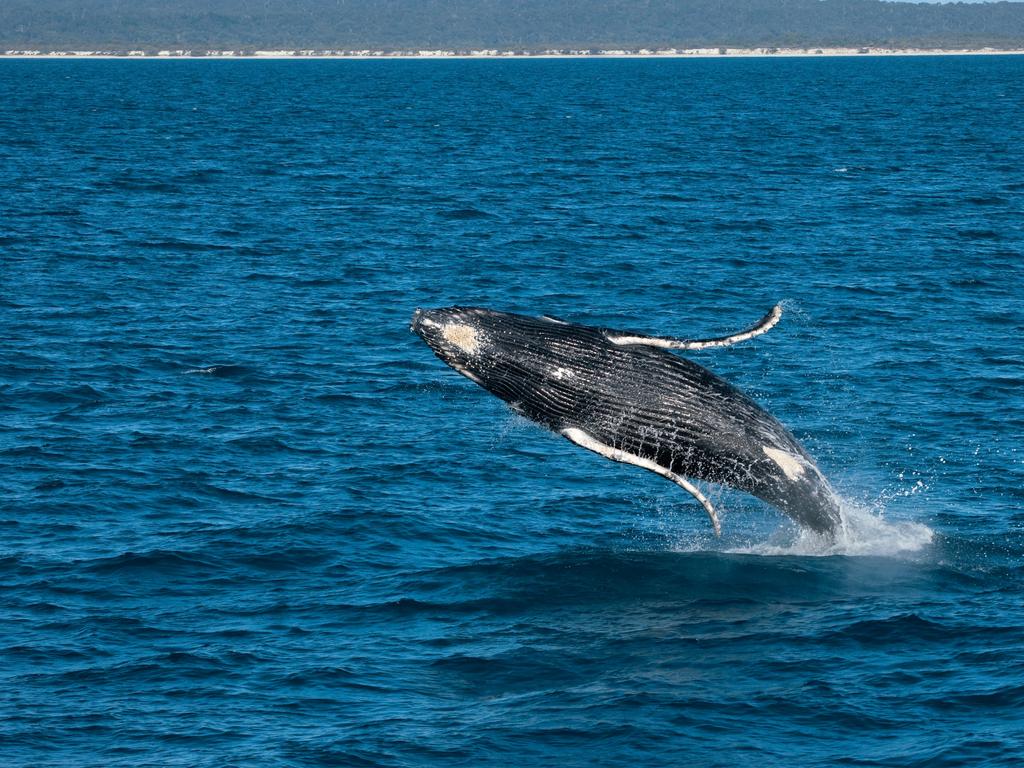
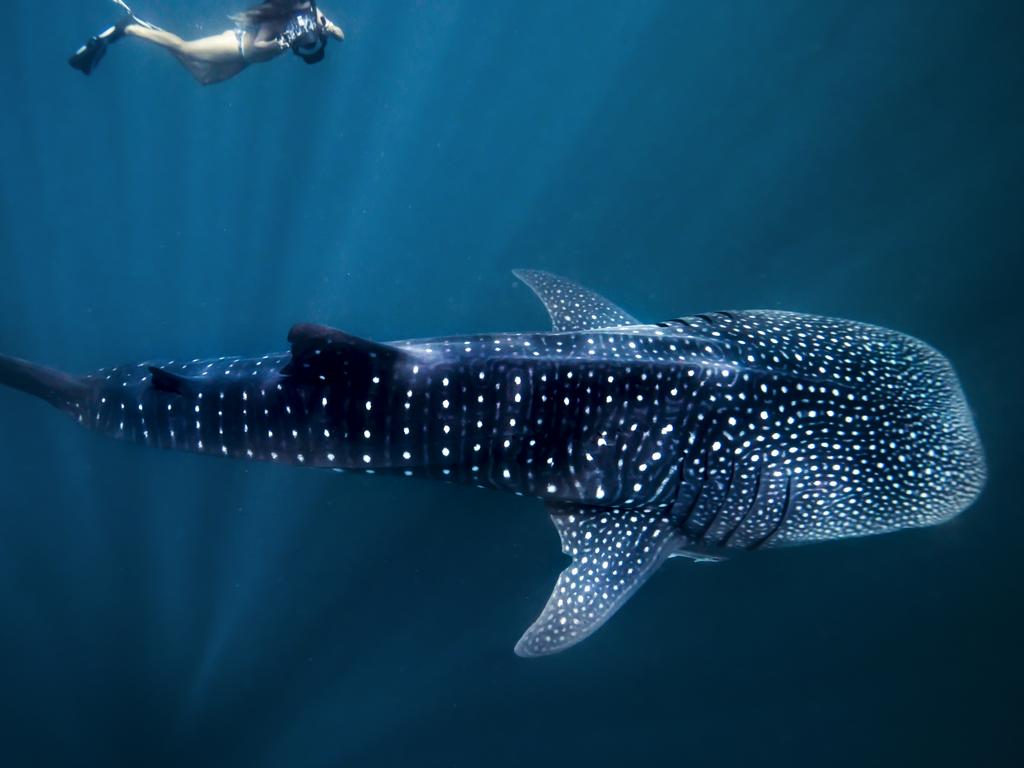
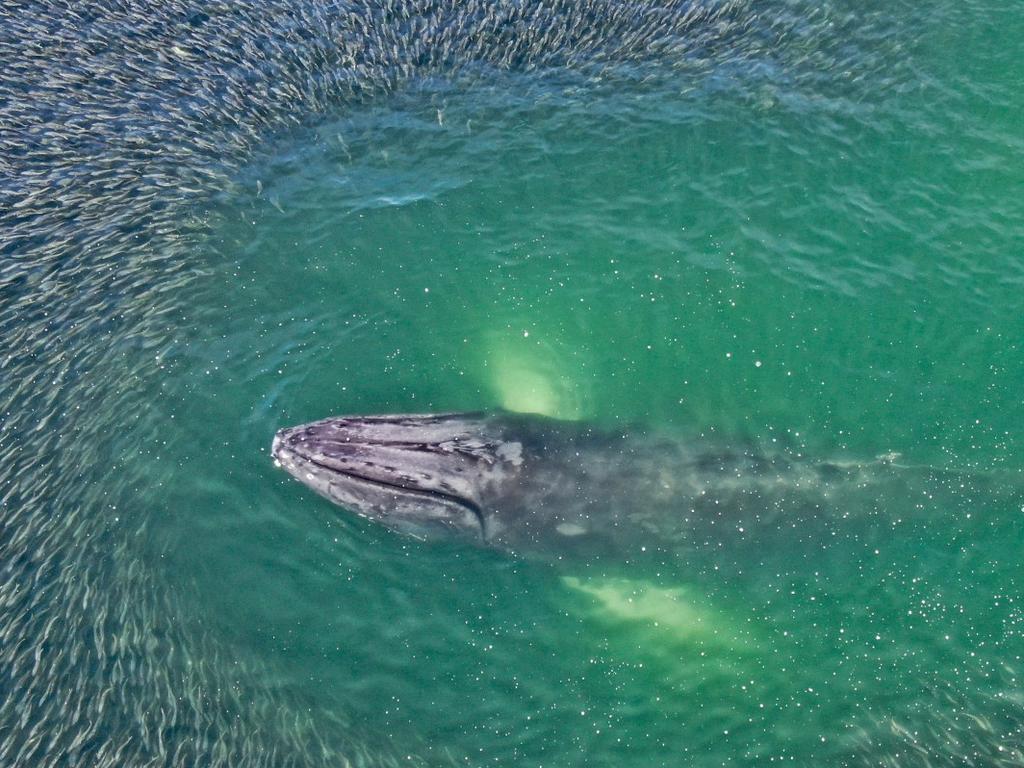
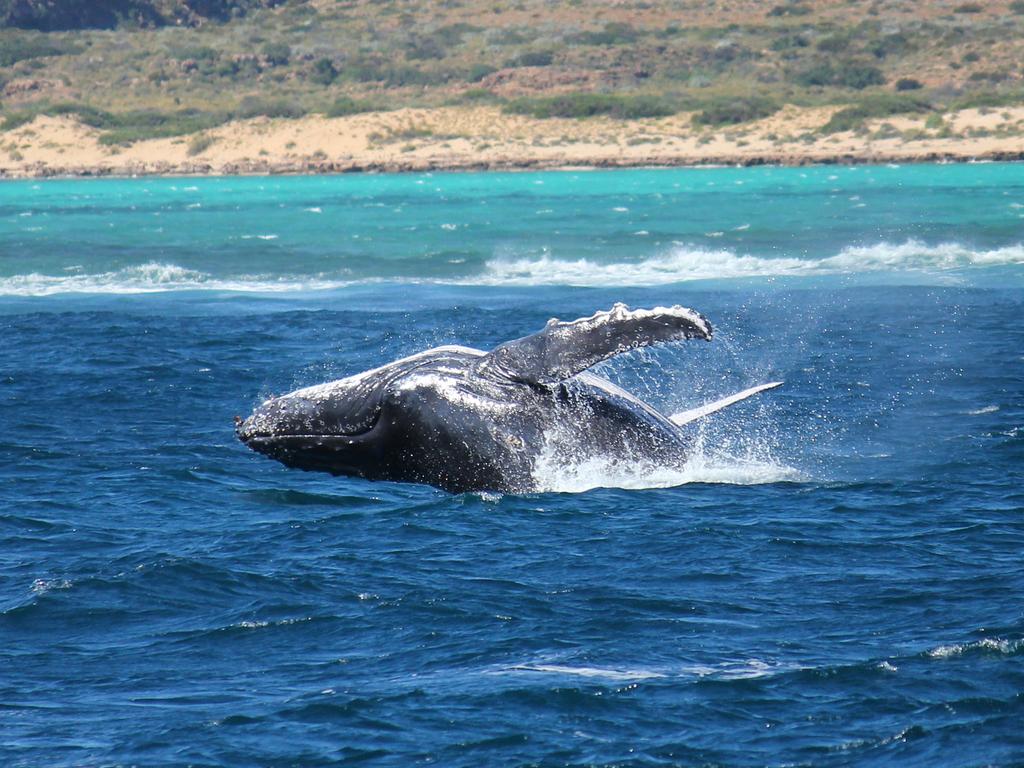

In this fast-paced world, it’s easy to become confused. Just ask any whale.